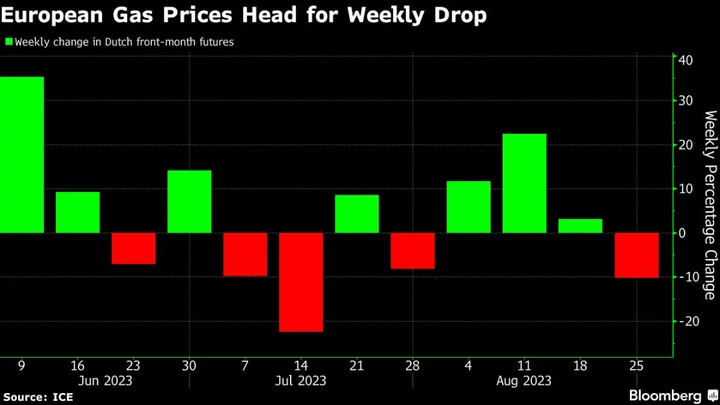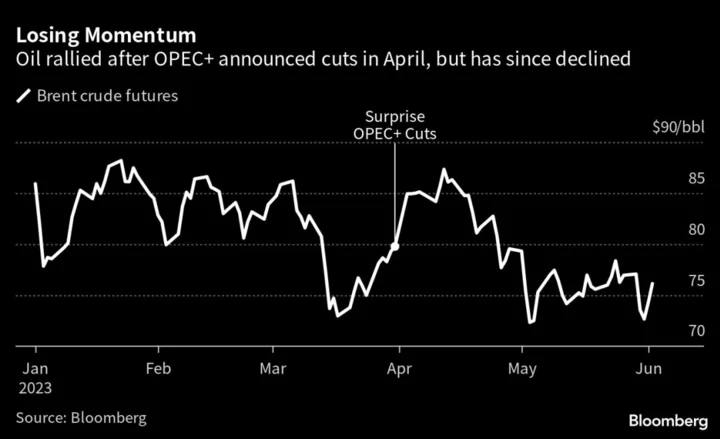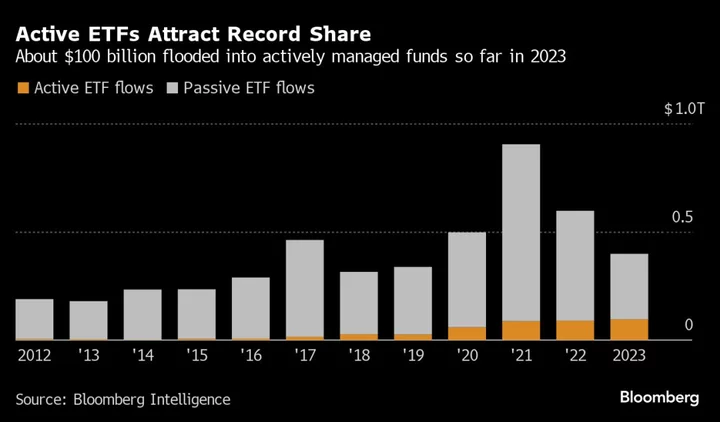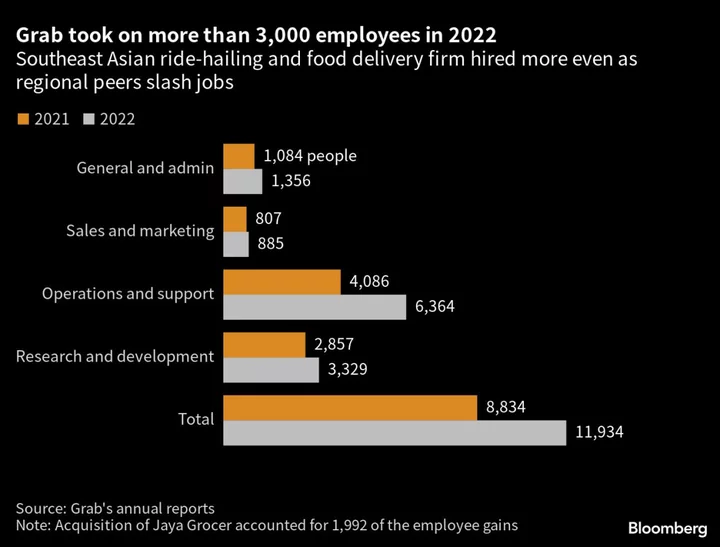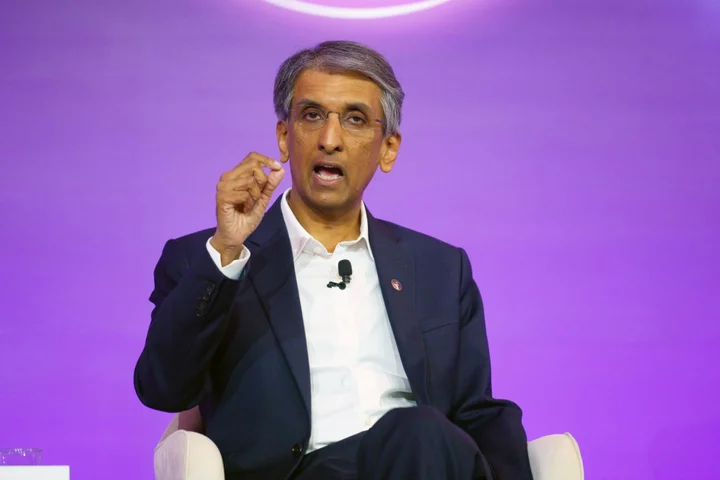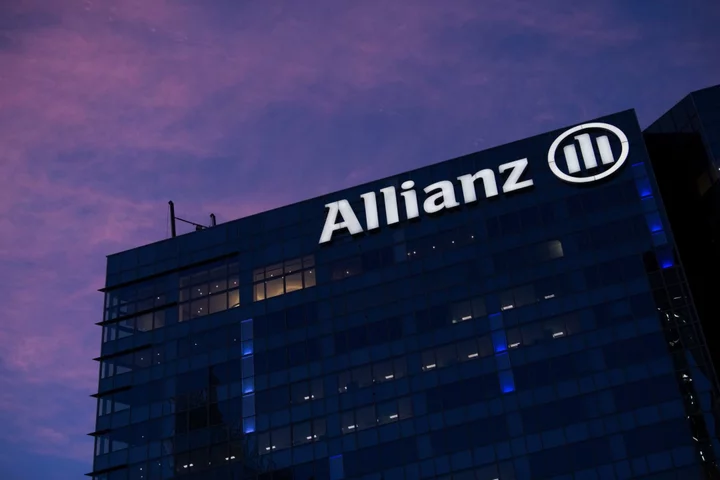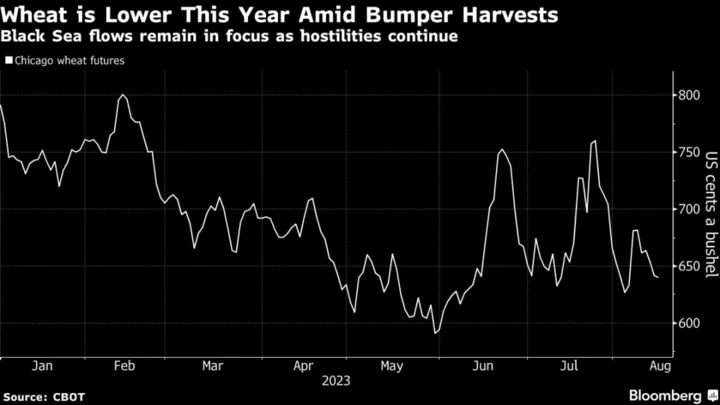European natural gas headed for its first weekly drop this month amid hopes that Australian exporters will soon end labor disputes, easing fears about potential supply disruptions in already volatile market.
Benchmark futures have lost about 10% so far this week, even as prices moved higher on Friday after two days of sharp declines.
An in-principle agreement between key producer Woodside Energy Group Ltd and its workers was endorsed by unions, and a final deal should be reached by the end of next week. That raised expectations that another exporter, Chevron Corp., could also settle the dispute with its staff, even though negotiations are ongoing.
Woodside and Chevron’s three facilities impacted by disputes cover about 10% of global liquefied natural gas capacity, and strike risks at those plants sent prices surging earlier his month. Even though Europe is well stocked and overall demand for gas remains subdued, the price moves reflected lingering market jitters after the worst energy crisis in decades.
“The European market is over-supplied until possible cold weather arrives,” said Jonathan Stern, distinguished research fellow at the Oxford Institute for Energy Studies. “But this kind of ‘rumor volatility’ seems likely to be with us for at least another year.”
Dutch front-month futures, Europe’s gas benchmark, traded 1.1% higher at €32.30 a megawatt-hour by 8:59 a.m. in Amsterdam. The UK equivalent contract was up 1.0%.
Another driver of volatility this summer is seasonal maintenance in Norway, which in June had several delays and unplanned issues, also causing prices to spike. Flows from Europe’s top gas provider were at the lowest in two months on Friday as capacity reductions deepened at the giant Troll field during planned works.
The facility is set to halt supplies completely from Saturday to Sept. 7 — together with the major Kollsnes processing plant — and any extensions to those works could again cause an increase in prices.
--With assistance from Stephen Stapczynski.

